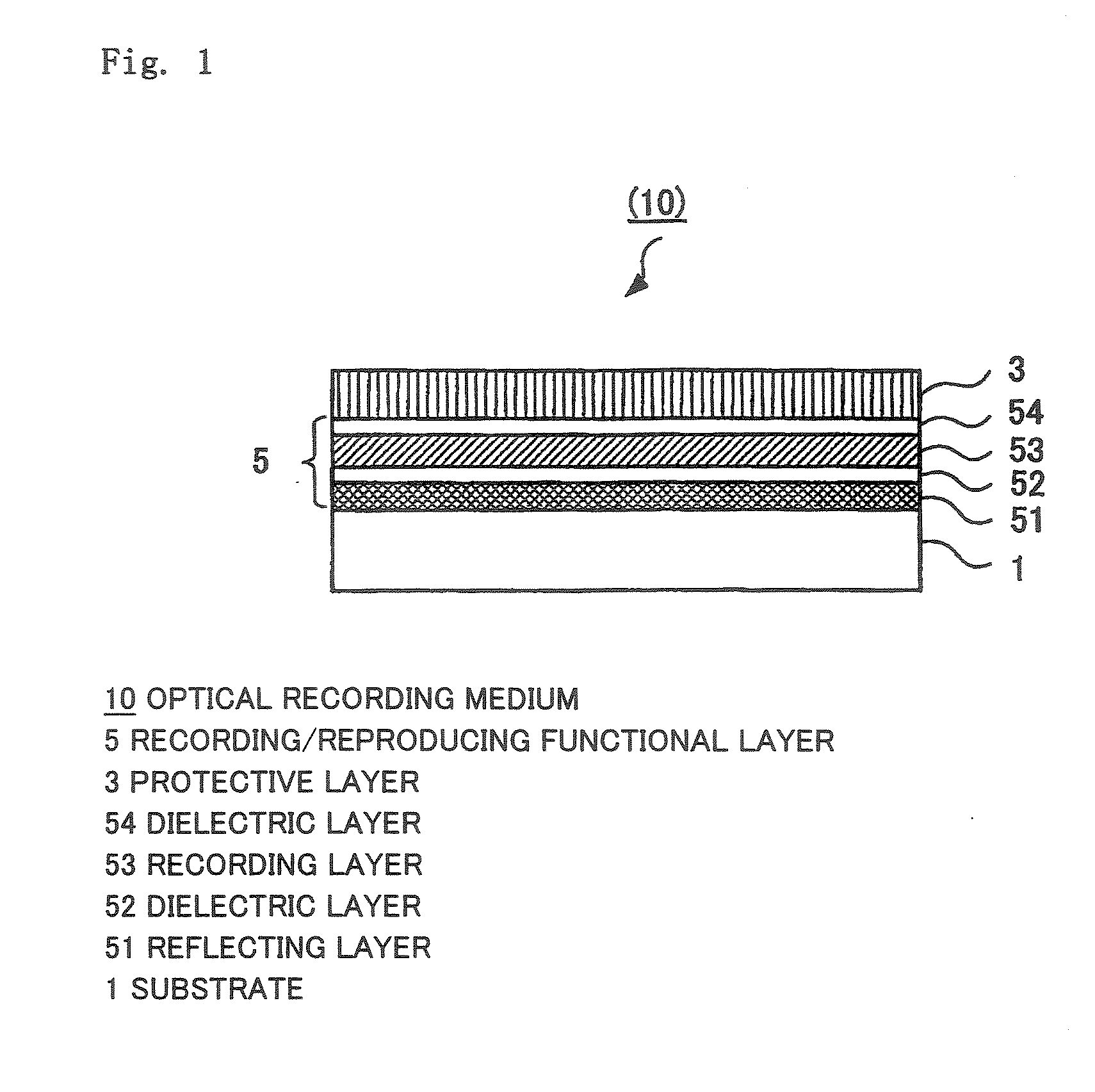Radiation Curable Composition and Curing Product Thereof, and Laminate Including the Same
a technology applied in the field of curing product and composition, can solve the problems of insufficient hardness of the protective layer itself, insufficient operation efficiency, insufficient cost, etc., and achieve excellent surface hardness and mechanical strength, and excellent balance between hardness and resistance to deformation
- Summary
- Abstract
- Description
- Claims
- Application Information
AI Technical Summary
Benefits of technology
Problems solved by technology
Method used
Image
Examples
examples
[0178]The invention will be explained below in detail by reference to Examples. However, the invention should not be construed as being limited to these Examples unless the invention departs from the spirit thereof. Shown below are: an example of the preparation of silica particles used in the Examples and Comparative Examples; methods of preparing urethane acrylate composition liquids; examples of the preparation of radiation-curable compositions; an example of the preparation of a curable composition for a hard coat layer; examples of the production of multilayer structures of a radiation-cured product; and methods of examining / evaluating these multilayer structures for light transmittance, tensile strength at break, surface hardness, resistance to deformation by heat / humidity, and balance between hardness and deformation resistance.
preparation example
Silica Particle Preparation Example
[0179]With 234 g of tetramethoxysilane was mixed 74 g of methanol. Thereafter, 22.2 g of 0.05% hydrochloric acid was added thereto and a hydrolysis reaction was conducted at 65° C. for 2 hours. Subsequently, the temperature in the system was elevated to 130° C. and the methanol generated was removed. While nitrogen gas was being introduced, the temperature was then gradually elevated to 150° C. and the system was held in this state for 3 hours. The tetramethoxysilane monomer remaining was removed. Thus, a tetramethoxysilane oligomer was produced. Subsequently, 624 g of methanol was added to 308 g of the tetramethoxysilane oligomer obtained. After this mixture was stirred to obtain a homogeneous solution, 3.1 g of acetylacetone aluminum as a catalyst was dissolved therein. To this solution was gradually added dropwise 65 g of desalted water with stirring. The resultant mixture was successively stirred at 60° C. for 2 hours to grow silica particles. ...
example 1
[0195]To 60.0 g of the solution of silane-coupling-agent-treated silica particles obtained above were added 57.7 g of urethane acrylate composition liquid A obtained above, 5.8 g of hydroxyethyl acrylate, 11.5 g of isobornyl acrylate, and 5.8 g of a polypropylene glycol diacrylate (“APG 400” manufactured by Shin-Nakamura Chemical Co., Ltd.). Thereto were added 1.7 g of 1-hydroxycyclohexyl phenyl ketone and 1.7 g of benzophenone as radical generators. The resultant mixture was stirred at room temperature for 30 minutes to obtain a transparent radiation-curable composition having an inorganic-ingredient content of 20% by weight. Furthermore, this composition was evaporated at 50° C. for 2 hours at a reduced pressure to remove the low-boiling ingredients contained in the composition. Thus, a solvent-free radiation-curable composition was prepared.
[0196]The radiation-curable composition obtained was examined for terminal vinyl group content, nitrogen atom amount, acid group content, and...
PUM
| Property | Measurement | Unit |
|---|---|---|
| Temperature | aaaaa | aaaaa |
| Temperature | aaaaa | aaaaa |
| Temperature | aaaaa | aaaaa |
Abstract
Description
Claims
Application Information
 Login to View More
Login to View More - R&D
- Intellectual Property
- Life Sciences
- Materials
- Tech Scout
- Unparalleled Data Quality
- Higher Quality Content
- 60% Fewer Hallucinations
Browse by: Latest US Patents, China's latest patents, Technical Efficacy Thesaurus, Application Domain, Technology Topic, Popular Technical Reports.
© 2025 PatSnap. All rights reserved.Legal|Privacy policy|Modern Slavery Act Transparency Statement|Sitemap|About US| Contact US: help@patsnap.com



